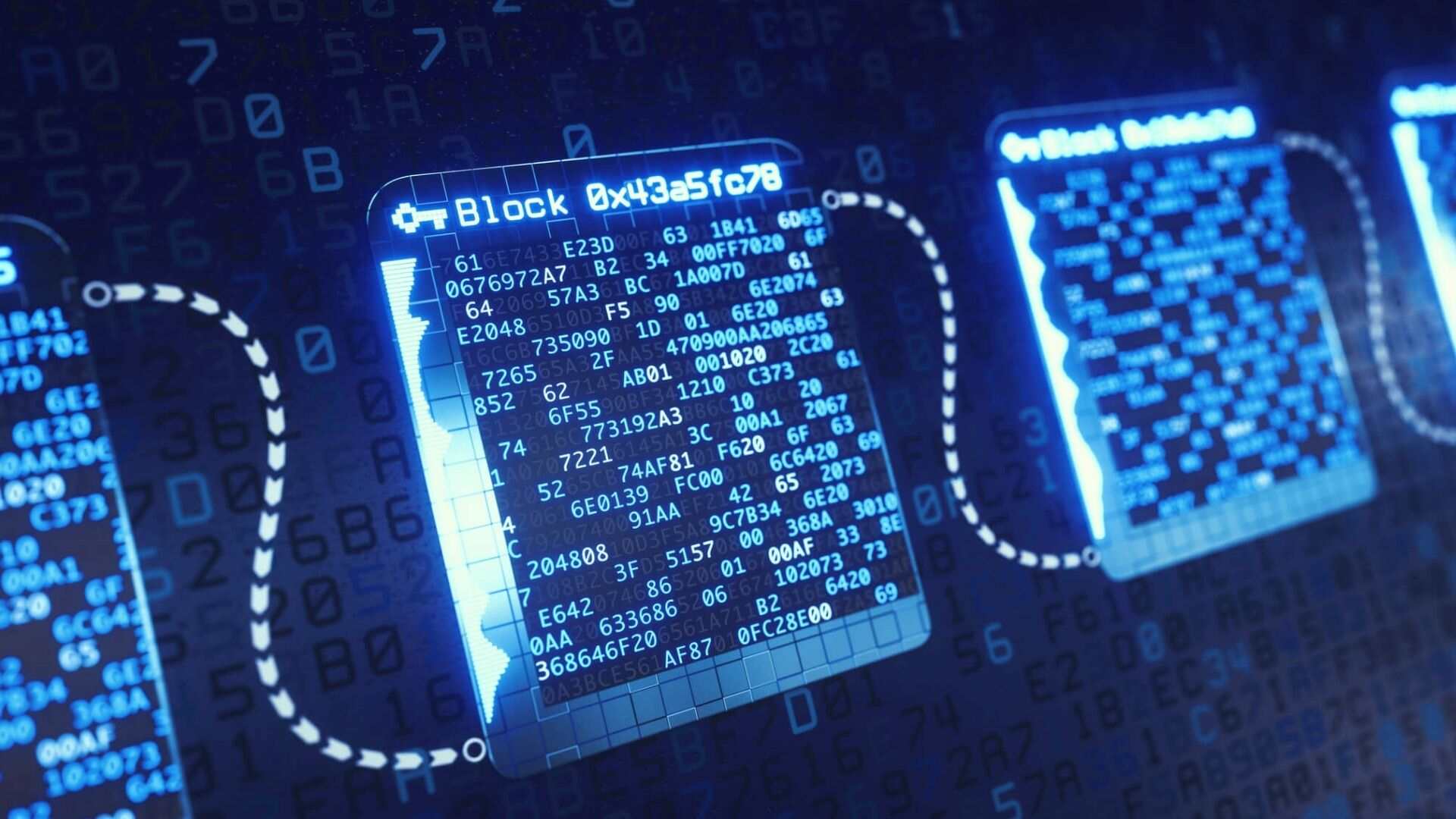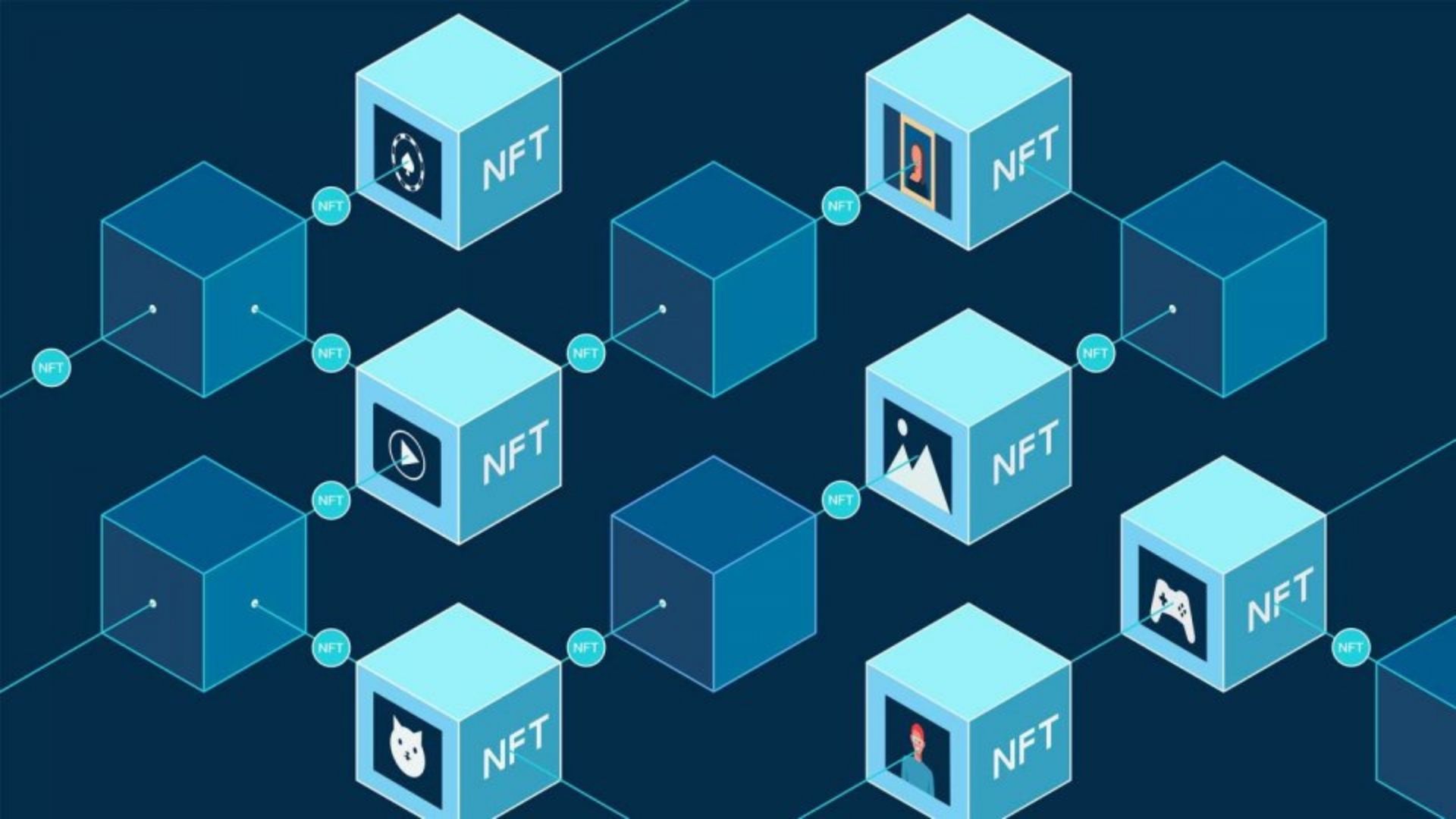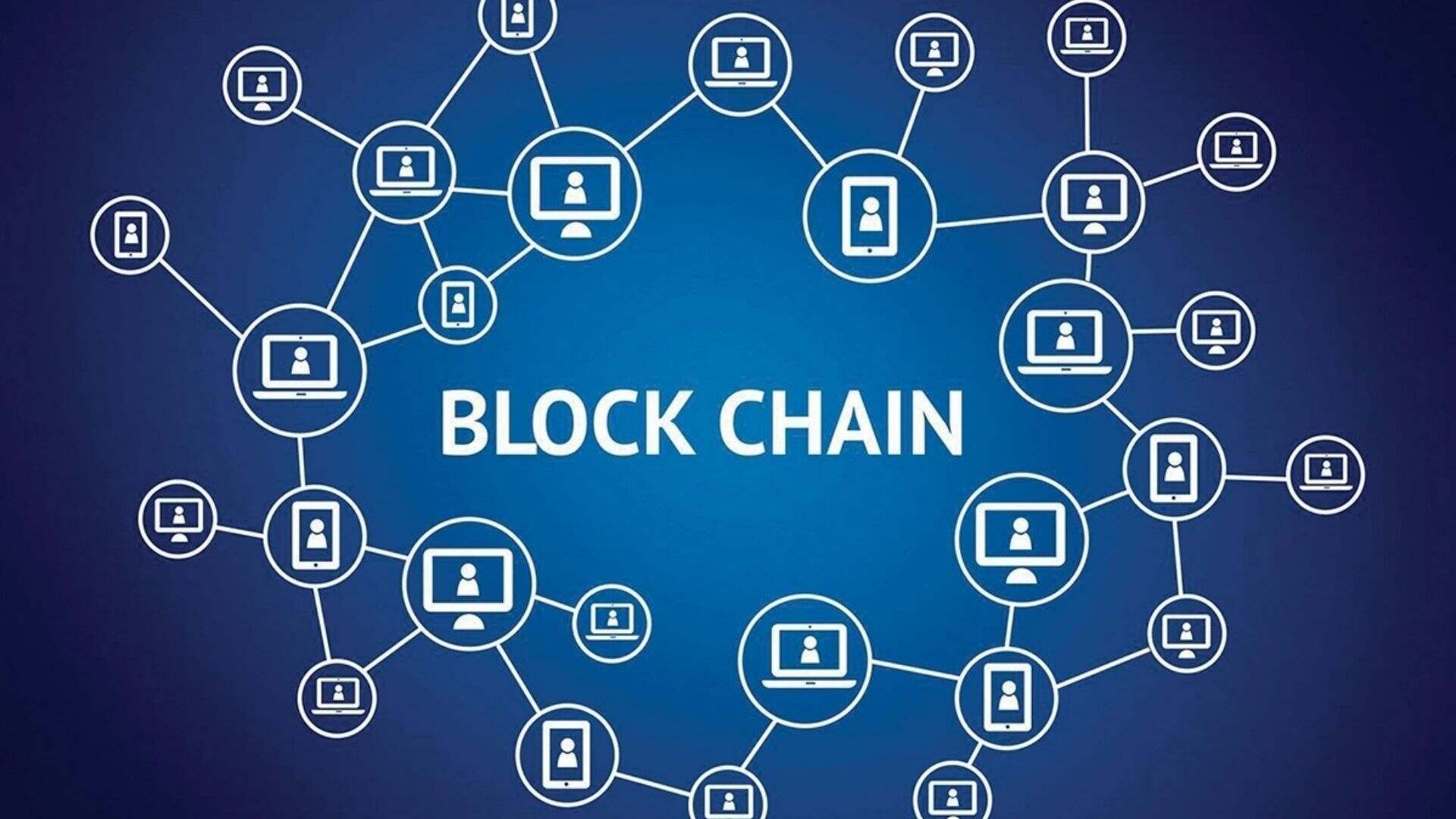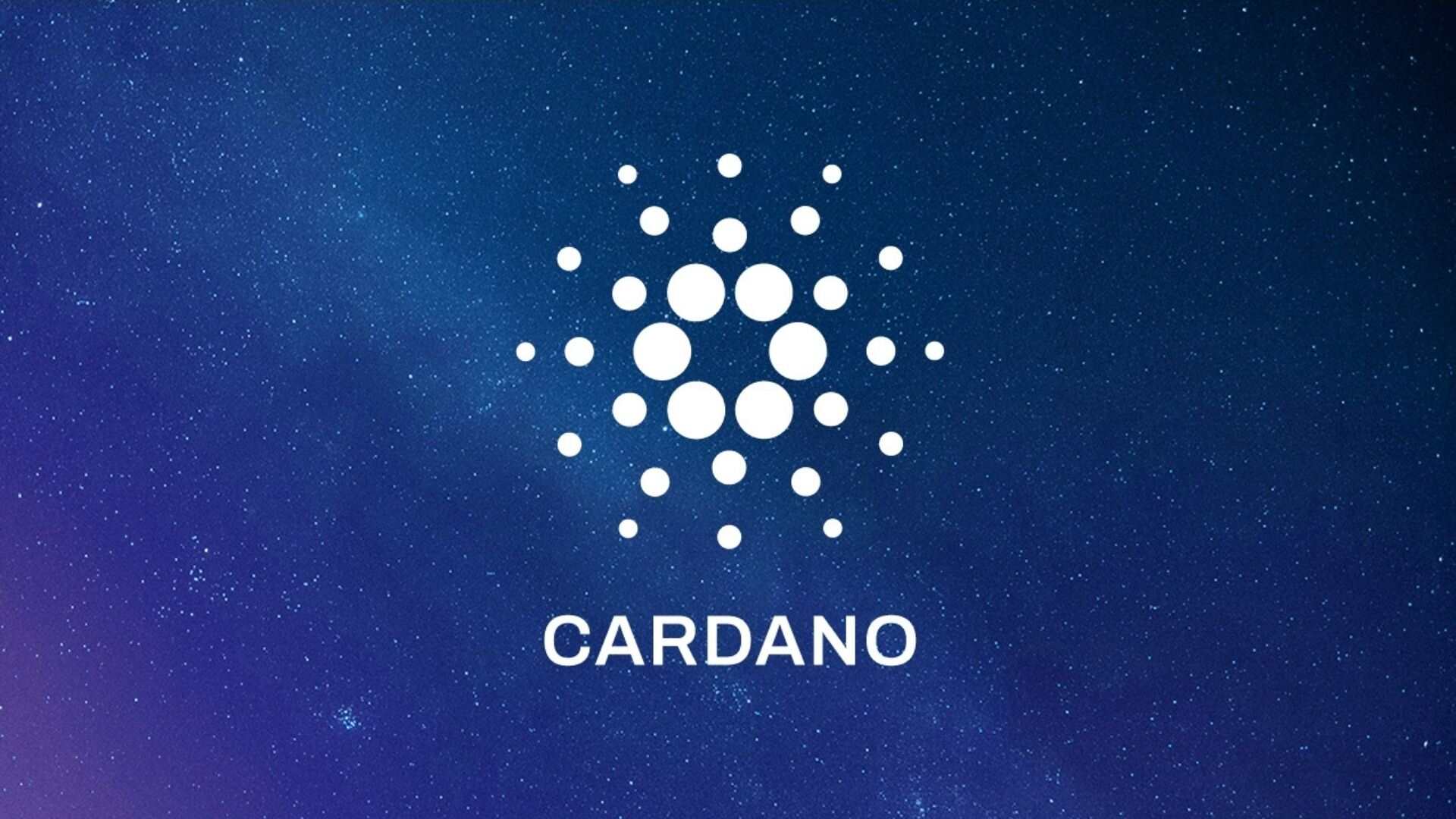Table of Contents
This guide will discuss blockchain open source, what is it, the best projects and tools, and how to be involved and not miss the bandwagon. It has been one of the most famous terms on Google search for the past couple of years, mainly thanks to Bitcoin, and this guide will help you better understand its concept while giving some tips and tricks.
Blockchain technology has become very popular in the last couple of years after Bitcoin’s incredible jump. The most well-known use of blockchain technology is for preserving a secure and decentralized record of transactions in cryptocurrency systems like Bitcoin. This guide will help you understand blockchain open source by giving different examples and perspectives. Moreover, “what is blockchain” is another question that needs to be answered. Below you will find all the details!

What is Blockchain open source?
Blockchain may not strictly be an “open source” technology, but most blockchain systems are built with open source software, embodying an open culture since no government authority controls them. Blockchain technology doesn’t require governmental monitoring when deployed in a public setting. In reality, transactions are verified by the user base.
The bitcoin white paper described a system that would let users send money from A to B without relying on conventional methods. Peer-to-peer would be the new channel. In a way, Blockchain open source is the name of the general name of all the processes.
Basic explanation of blockchain
You might still have questions, and to answer them all, let’s look at what blockchain is and try to understand it (you may also want to check our guide on best blockchain books for free to get more information). A blockchain is a shared distributed database or ledger between computer network nodes. A blockchain serves as an electronic database for storing data in digital form. It may be compared to a database that holds data in a special way. Despite the fact that both blockchain and databases hold information, they are fundamentally extremely distinct from one another.
Blockchain is a decentralized, immutable database that makes it easier to track assets and record transactions in a corporate network. An asset may be physical (such as a home, car, money, or land) or intangible (intellectual property, patents, copyrights, branding). On a blockchain network, practically anything of value may be recorded and traded, lowering risk and increasing efficiency for all parties.
There are five layers of blockchain technology, application, services, semantics, network, and infrastructure. The services layer comprises oracles, multi-signatures, smart contracts, digital assets, wallets, distributed file storage, and digital identity.

Blockchain open source projects
Innovators are already utilizing the blockchain platform to generate value and cause disruption in their respective sectors. Entrepreneurs and tech giants started announcing new projects with the popularity that blockchain technology gained over the past years. Here are some of the most-known blockchain open source projects:
Eris
Eris is one of the blockchain open source projects that many people use. With the help of Eris, anyone can create their own safe, affordable, anywhere-running applications using blockchain and smart contract technologies. With Eris, anybody may utilize smart contracts to automate their business operations between organizations, including communities, businesses, governments, and everyone else.
It is free to use, and anybody can signup for the website and start using it. Anyone using the platform can design and run applications using this software from any location. The Blockchain or any other smart contract technology you employ is reliable for this. A government can use these smart contracts to transact with Eris automatically.
HydraChain
HydraChain is another blockchain open source company that aims to solve the “Total Supply Problem.” An open-source Proof-of-Stake blockchain called Hydra has a distinctive assortment of economic features. Its economy contains a special mix of deflationary and inflationary mechanisms that operate concurrently and lets actual demand determine its overall supply.
Hydra is a POS (Proof of Stake) blockchain. Anyone may quickly become a complete node and stake HYDRA to support network upkeep. Stakers benefit financially from block incentives given forth by the blockchain. This guarantees that the chain is protected from “51% attacks.” It is mainly a product for the finance industry, and most of its services are related to finance. HydraChain is an extension of the Ethereum world and is most compatible with the Ethereum Protocol.
OpenChain
Openchain is a distributed ledger technology that is also blockchain open source. It is appropriate for enterprises looking for a reliable, secure, and scalable means to issue and manage digital assets. OpenChain offers instant transaction confirmation and no mining charges. It is most appropriate for businesses interested in flexible and reliable management of their digital assets.
A new Openchain instance can be created instantly by anyone. The administrator of an Openchain instance establishes the ledger’s rules. On the ledger, end users can swap money in accordance with certain guidelines. Similar to Bitcoin, every transaction on the ledger is verified by a digital signature.

Best open source blockchain platforms
There are multiple blockchain open source platforms that people use on a daily basis. These platforms are listed below, but they are obviously not ranked accordingly. Go and check out each to find which is the most suitable for you. Here is the list:
Ethereum
One of the first, most well-known, and top blockchain systems is Ethereum. Even its own cryptocurrency, known as Ether or ETH, was created by it. The system offers a blockchain that is entirely decentralized. Ethereum fully complies with smart contract regulations for effective operation. Thousands of decentralized applications are already using Ethereum at this time.
The Ethereum platform’s primary strength is its genuine decentralization, whereas its primary weaknesses are its sluggish processing and expensive transaction fees. Building decentralized applications, or dApps, on the Ethereum platform is extremely popular among blockchain application developers.
Ripple
Ripple is more concerned with the creation of financial applications. More assistance is being given to the digital revolution. To unite digital asset exchanges, banks, and payment providers into a blockchain network for enterprises, Ripple built its own platform in 2012.
Even better, companies can create their own financial solutions on Ripple by creating cutting-edge financial applications or high-performance payment systems. The native cryptocurrency of Ripple is called XRP. Many businesses can use the strength of XRP on RippleNet to enter international markets without even needing pre-funding.
Stellar
Stellar is a blockchain open source that effectively serves the financial industry. In an effort to improve the seamlessness, security, and transparency of their services, several institutions are testing the Stellar blockchain network. Stellar is a strong blockchain platform for creating quick and secure finance applications.
Since Stellar is an open network, there is no owner, and the whole control is in the hands of the general population. Additionally, Stellar relies on blockchain to maintain network synchronization. You should consider Stellar a viable choice if you want quick transactions or if your business needs a decentralized platform to create cutting-edge finance apps.
Corda
On the blockchain open source platform Corda, programmers can create distributed permissioned applications. Through the use of smart contracts and stringent secrecy, businesses may deal. As a result of the business’s streamlined operations, transaction expenses, and record-keeping have significantly decreased.
Due to the flexibility and agility of the platform, applications on Corda can match your business needs. CorDapps are the name given to the Corda-based applications. No matter your business, you can build highly scalable dApps across various industries like banking, insurance, energy, healthcare, and more.
IBM Blockchain
The blockchain subsidiary of IBM, IBM Blockchain, offers business blockchain services. In contrast to public blockchains like Bitcoin and Ethereum, IBM creates private and permissioned blockchains. Notably, IBM bases its blockchains on Hyperledger Fabric, an open-source blockchain system created by the Hyperledger consortium, which the Linux Foundation supports.

Hyperledger Fabric
Hyperledger Fabric is the best choice for breaking up a complex blockchain program or application into smaller components. Numerous industrial applications benefit from the platform’s availability of adaptable and modular designs.
Since nothing is open or permissionless, Fabric is a respectable alternative for finance apps. Instead, your company may create a highly secure, scalable platform that can easily support private transactions and confidential contracts.
Tron
Another decentralized blockchain platform with the goal of creating a decentralized web is Tron. Tron, like Ethereum, enables programmers to utilize entire protocols via smart contracts on the blockchain. 2000 transactions may be handled per second using Tron. When compared to other payment processors like PayPal, this is more than enough. Additionally, Tron has no transaction costs.
Tron offers high-scalability alternatives for improved blockchain security and relies on the Delegated-Proof-of-Stake consensus process. On the Tron network, a DApp can be installed in a number of ways. Tron is now the public chain with the quickest growth.
EOS
Another safe and adaptable blockchain platform for creating dApps is EOS. Because EOS supports several functionalities that both Ethereum and Bitcoin do not, this platform can be considered an expanded version of those blockchains.
The EOS blockchain network supports smart contracts, dApp hosting, and decentralized business solution storage to address scalability difficulties. On EOS, a finance app can be created to carry out transactions more affordably. Additionally, developers can deploy executable smart contracts in accordance with business needs.
Cardano
The blockchain platform of the future, Cardano, is based on smart contracts. Building dApps that are quick and scalable is the primary goal of the Cardano network. In Cardano, the Proof-of-stake method is secured by the Ouroboros consensus mechanism. It is unnecessary to inspect each node individually because only network members, in this case, check each transaction.
Cardano offers many characteristics that make it the ideal solution for contemporary financial applications, including interoperability, scalability, legality, and transparency. To balance the desires of both centralized and decentralized communities, the Cardano blockchain is eager to do so.

When it comes to cryptocurrencies, you should consider many things; don’t forget that. Blockchain open source applications, services, and tools are mostly free to use, and you can still double-check everything before signing up for anything.






